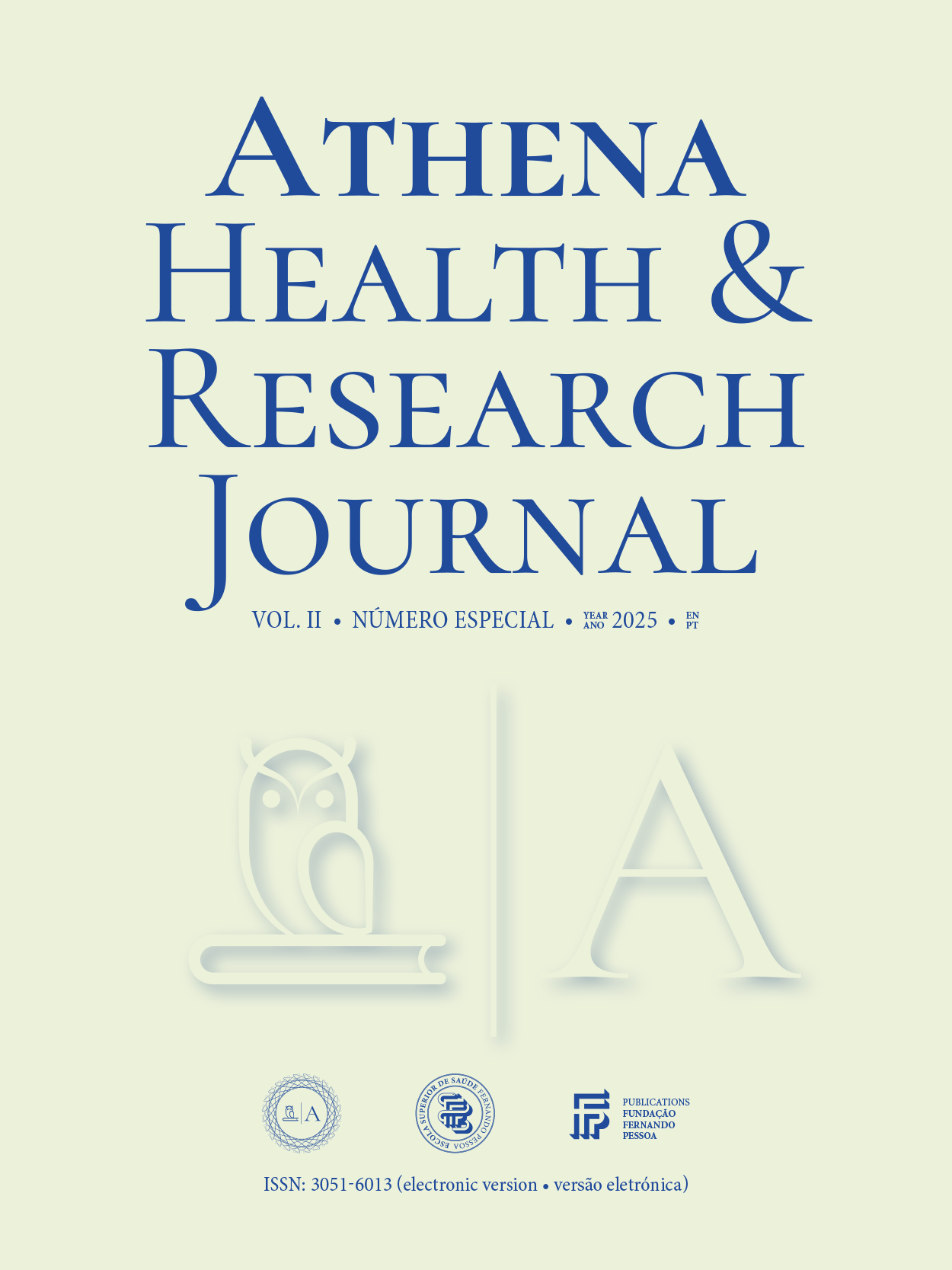Laparoscopic gubernaculum sparing orchydopexy: Where embryology fails, surgery may win
DOI:
https://doi.org/10.62741/ahrj.v2iSuppl..83Keywords:
Laparoscopic orchidopexy, Cryptorchidism, Gubernaculum preservation, Intra-abdominal testis, Testicular atrophy preventionAbstract
Introduction: Cryptorchidism, a common congenital malformation in male infants, results from the disruption of testicular descent, often associated with incomplete gubernaculum involution. Intra-abdominal testes present a particular surgical challenge due to the high incidence of recurrence and postoperative atrophy. Standard approaches typically involve laparoscopic orchidopexy with gubernaculum section. Recent advancements in laparoscopic orchidopexy with gubernaculum preservation have demonstrated promising results in minimizing testicular atrophy.
Objectives: To assess the presence of evidence for gubernaculum vascularization and the feasibility of its preservation.
Methodology: A prospective study was conducted on children undergoing laparoscopic gubernaculum sparing orchydopexy for intra-abdominal testes in a pediatric surgery department in February 2025. Collected data included patient demographics, laterality of the undescended testis, intraoperative preservation of the gubernaculum, visualization of gubernacular vessels, and feasibility of scrotal orchidopexy. Postoperative follow-up was performed at one week and month.
Results: Two children underwent laparoscopic gubernaculum sparing orchydopexy, resulting in the treatment of 3 intra-abdominal testes. One patient underwent a bilateral procedure, and the other a unilateral left procedure. During all procedures, the gubernaculum was successfully preserved, and 2 or more gubernacular vessels were visualized. Laparoscopic gubernaculum sparing orchydopexy was performed without intraoperative complications, and no vessel ligation or electrocautery coagulation was required. At the one-week postoperative follow-up, no complications were reported. At the one-month followup, two testes were well-positioned within the scrotum, while one was located high in the scrotum. No signs of testicular atrophy were observed in any of the treated testes.
Discussion: This preliminary study demonstrates the feasibility of laparoscopic gubernaculum sparing orchydopexy, leveraging the potential vascular contribution of the preserved gubernaculum. This technique may offer a viable alternative to conventional orchidopexy, potentially mitigating the risk of testicular atrophy. To our knowledge, these are the first reported laparoscopic gubernaculum sparing orchydopexy procedures in Portugal. The small sample size and limited follow-up period necessitate further investigation.
Conclusions: The initial results of laparoscopic gubernaculum sparing orchydopexy are promising. Larger, long-term studies are essential to validate the efficacy and safety of laparoscopic gubernaculum sparing orchydopexy and to assess long-term outcomes, including testicular viability and fertility.
References
NA
Downloads
Published
Issue
Section
License
Copyright (c) 2025 Athena Health & Research Journal

This work is licensed under a Creative Commons Attribution-NonCommercial 4.0 International License.
Copyright of published papers is assigned to the Journal, but all content is licensed under the terms of Creative Commons Non-comercial 4.0 International License. Thus users are allowed to read, download, copy, distribute, print, search, or link to the full texts of the articles, or use them for any other lawful purpose, without asking prior permission from the publisher or the author. This is in accordance with the BOAI definition of open access.














